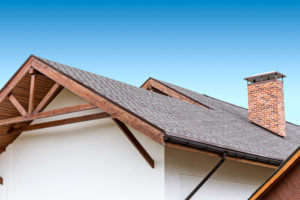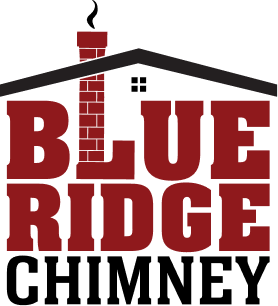Your chimney needs to have several components in place to help it work at its highest levels of efficiency and safety, and these components should be in good condition to be the most effective. Two of these components, the chimney cap and the damper, play important roles in increasing the energy efficiency of your home as well as in preventing water penetration of the chimney. If you are looking to replace either or both of these components, Blue Ridge Chimney Services would like for you to consider a top-end damper. With the ability to also serve as a chimney cap, a top-end damper can do a much better job than a traditional throat damper of keeping heated and cooled air inside your home. We would like to tell you more about the functions of chimney caps and dampers and how a top-end damper works.
What is a chimney cap?
One of your biggest responsibilities as a homeowner is keeping water out of your chimney, and according to the Chimney Safety Institute of America (CSIA), a chimney cap is the most economical way of preventing water penetration of a masonry chimney. Made from different types of metal, such as copper and stainless steel, a chimney cap covers the top of the chimney so water from rain and melted ice and snow cannot easily get inside. Chimney caps also serve other functions, including keeping birds and wild animals from getting inside, stopping hot sparks and embers from jumping out of the chimney to possibly start an accidental fire, and even improving chimney draft.
What is a damper?
This component seals off your fireplace when it is not being used. If you have an older masonry chimney, you most likely have a traditional throat damper. Located directly above the fireplace, this type of damper is typically made of metal, such as iron. Unfortunately, throat dampers cannot seal very effectively, and you may be losing a lot of heated and cooled air out the chimney because of this. Another problem with throat dampers is that they can become stuck in the open or closed position, and you may not be able to use your fireplace.
How does a top-end damper work?
Installed at the very top of the chimney, a top-end damper can increase the energy efficiency in your home because it is equipped with a silicone seal that keeps air from easily escaping out of the chimney. You operate this type of damper by using a lever that is attached to a cable that runs down the chimney from the damper at the top. Since it does sit at the top of the chimney, a top-end damper can also serve as a chimney cap, and Blue Ridge Chimney Services can show you how it can take care of the other functions of a chimney cap.
Increase your home’s energy efficiency and decrease your heating costs this winter. Contact us at Blue Ridge Chimney Services to learn more about our top-end chimney damper sales and installation services.
